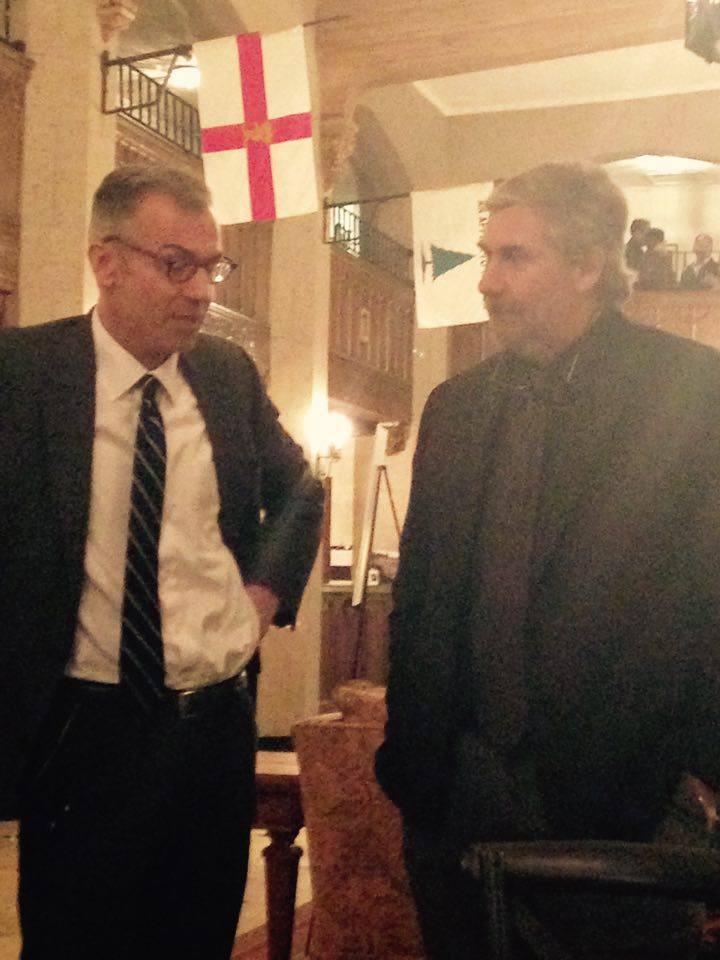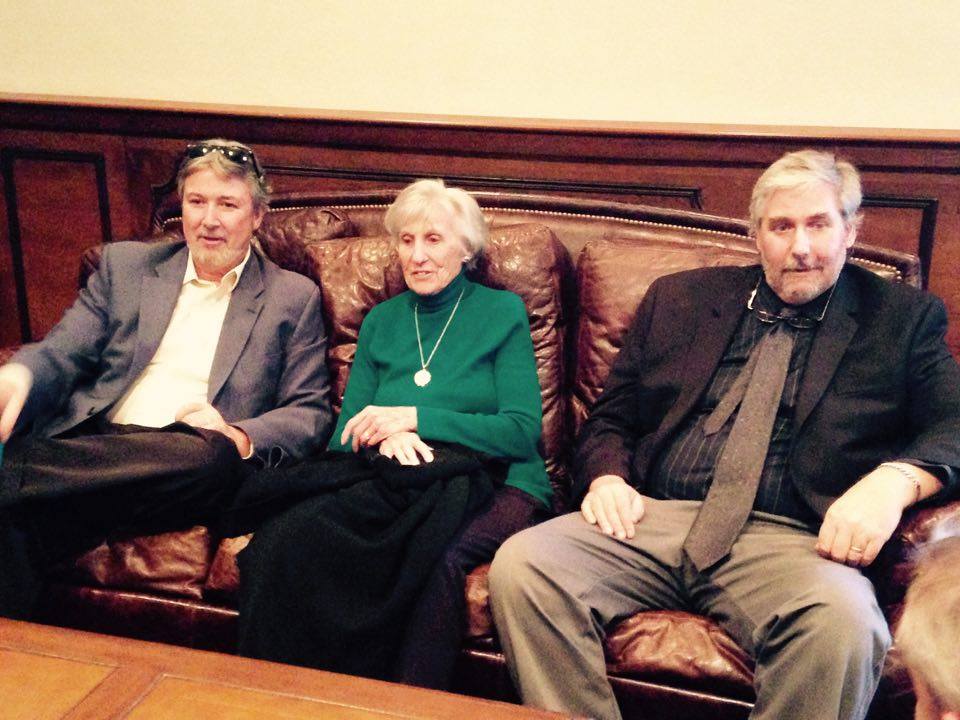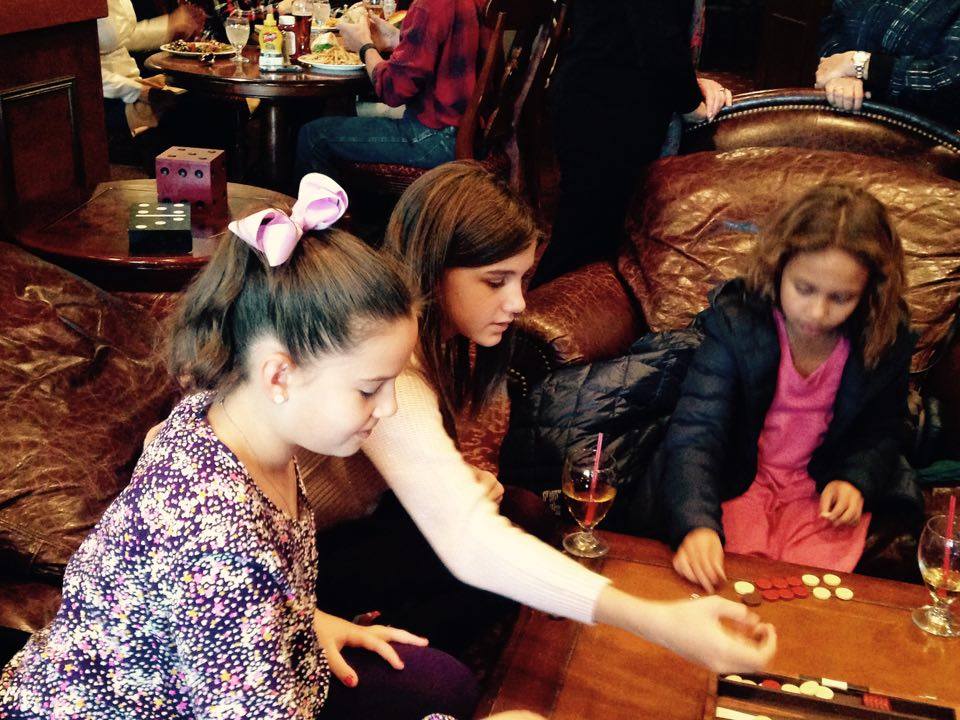|
On 11 November 1966 Dee Wayne Stone, Jr., became the sixth fallen warrior of the Class of ’64 and the third from that
unfortunate “Beast Barracks” squad that already lost Clair Thurston and
David Ugland. It seems incredible that half of the first six casualties of the
class would come from the same original squad.
Perhaps one of the most symbolic episodes of Dee “Bud” Stone’s short life occurred in the summer of 1960, during
“Beast Barracks,” when the new cadets at West Point were generally petrified, afraid to do anything that might cause
a horde of upperclassmen to descend upon them screaming. Woody Rogers, one of Dee’s classmates, recalls the incident
as follows: “A scared plebe, I double-timed across Central Area, anxious that this short trip might end in disaster
should I run into an upperclassman. Another plebe passed quickly, but I heard and sensed a sudden shoe scrape as he
turned and, seemingly, began tracing my footsteps, soon breathing down my neck. Then, to my amazement, I heard,
‘Pssst. Hey, Rogers, follow me.’ Who was this crazy guy speaking out loud to me in such a situation? I followed him
up the stoops of some foreign division neither of us knew, and into some classmate’s room, equally unknown. The big
fellow said, ‘Hi, I’m Bud Stone and I wanted to say hello.’ Bud had been looking for me at the request of mutual
friends, and the split second glimpse of my name tag was all it took for him to take the risk which led to our
enduring friendship.
“Thirty years later, the details of that meeting are still fresh. The event typifies the man – open, non-critical,
confident – who could get other men to follow his lead in any endeavor. A laughing, completely honest demeanor, the
ability to sort out the important from the ‘small stuff’, and to instruct others in negotiating the pitfalls of four
years on the ‘rock.’ Our friendship endured across regiments as Bud helped me in so many ways to get through and get
educated and led me in principle and approach in the ensuing thirty years.
“I remember visits to his home, his gracious parents and the outstanding thirty-day leave in Europe. While we were
on the Spanish island of Majorca two blond Swedish girls jumped on our rented Vespas, and we sped off into the
nighttime beach with bottles of thity-two cent ‘champagne,’ the culmination of every schoolboy’s dream. Bud’s fell
in love – mine got cold and asked to be driven back home. In victory he was always gracious, and gave me lessons in
the ‘ways of women,’ rather than gloating, as was still politically correct in those halcyon days.
“I remember walking down the Cadet chapel aisle, singing some goose-pimply battle hymn, past a resplendent Supe
(superintendent of the academy) and staff, Bud’s stentorian baritone leading the section. Then, disappearing into
the woodwork, down the back stairs and out the side door and down the back stairwell to snatch forty minutes of freedom.
While the Protestant Corps still sat prisoner to reverendly exhortation, we relaxed, read the paper or got ready to
‘drag’ (escort a young lady).
“I tried to talk Bud out of his dream of flying during that uncertain period. Being an Air Force Junior and safely
selected for medical school, I knew that fanatic little men would try to kill my friend. In the heartsick days following
the news of his heroic death, I faced a less final threat of demise. An enraged professor of surgery threatened to expel
me because of a botched presentation of a patient case history. While waiting for the ultimate decision, I asked myself
what Bud would have done. I marched intot he man’s ‘den,’ bearded the lion, and asked for another test of my fitness to
serve. He consented, and I later finished the course with honors. I will always treasure the years of unqualified
friendship that began with the words, ‘Pssst. Hey, Rogers, follow me.’”
Dee Stone was truly a unique and exemplary individual. He was born in Forest Hills, New York, on 17 February 1943, the
only son of Irene and See W. Stone, Sr., who already had two daughters, mary and Grace. His father was a member of the
New york City law firm, Chadbourne, Parks, Whiteside and Wolff and also a colonel in the Army reserve. A World War I and
World War II veteran, Dee, Sr., was serving in Africa with the Fourth Infantry Division when his son was born and later,
on D day, landed on Utah Beach with the division’s first wave. At an early age, son Dee proved to be a multitalented
young lad, excelling in academics, athletics and music. In addition to performing in school productions of Gilbert and
Sullivan operettas, he was also invited to sing with the Boy’s Choir of the Episcopal Church of the Heavenly Rest in
New york City.
In 1955, with a desire to follow in his father’s military footsteps, Dee entered the manlius School where he continued
his well-rounded development, participating in football, baseball, choir, double quartet, and Chapel Warden’s Society.
By the time he became a senior, he had risen to the position of brigade adjutant, and had garnered a number of awards
including the Military Medal for distinguished achievement, the Degree of Champion and Commander of the Order of the
Phoenix, the Renssaeler Polytechnic institute Medal for Mathematics and the Bausch and Lomb Medal for Science.
During that senior year, Dee served as a shining example for several of his future West Point classmates. Chet Kempinski,
who would later serve with Dee at Fort Carson, recalls that year: “I first met him at Manlius Prep School, an elite
five-year boarding school, rather expensive, highly regarded, with a military environment. Manlius also happened to be
one of the places where the Army Athletic Department sent approximately fifteen footballers (Nowak, Peterson,
Beierschmitt, Kresefski, myself, etc.) each year for grooming in order to be competitive on a Division I basis. Anyway,
Dee was the Brigade Adjutant, while we, as post grad students, were ‘slick sleeves.’ His military appearance was always
immaculate and the rest of us learned a lot from Dee. We were proud to be his classmates during the ensuing four years.
Those of us who were later assigned to the 1/19 Field Artillery with Dee got to know him and admire him even more. He
would do anything for his friends and his country. His death proved that. It was a great loss for all of us.” Dee
graduated from Manlius in 1960 and joined the Class of 1964 that summer.
During his four years at West point, he was vice president of the French Club, a member of the Astronomy Club, math Forum,
Rocket Society, Russian Club, and Chapel Choir. He also taught Sunday school for three years. And, possibly most
important, Dee continued winning friendships and respect. Everyone loved him.
Upon graduation, Dee was commissioned into the artillery, as the branch was known at that time (in 1968 it would be split
into two separate branches, air defense artillery and field artillery). One of the difficulties of the artillery, a
highly technical branch, was the elimination of the basic course for Dee and his classmates, another experiment for the
Class of ’64. What had happened was that a few months before graduation it was announced to the class that for the USMA
Classes of ’64, ’65, and ’66, all graduates entering the army would attend Ranger School in lieu of their branch’s basic
course. The idea was that the mental and physical toughness acquired in Ranger School would be more beneficial than the
technical knowledge learned in the basic course. It is not known if that belief proved to be true, but the policy was
discontinued after the three-year test. As part of the deal, the army assured the class that its chain of command would
be informed of the experiment so that commanders would understand some lack of technical knowledge and possibly provide
that assistance for their new “Ranger” second lieutenants. When I reported to my artillery battalion commander in Germany,
the lieutenant colonel had known nothing about such a program. After he told me what a stupid idea that was, he threw
me out of his office.
It was not so bad for Dee while he and his classmates, Gary Johnson, Chet Kempinski, Paul Rennie, and Ron Williamson,
served with the First Battalion, nineteenth Field Artillery, of the Fifth Infantry Division in Fort Carson, Colorado.
However, he had the itch to fly so after about a year he attended flight training at Fort Wolters, Texas, and Fort Rucker,
Alabama. That was against the wishes of his classmates in the First of the Nineteenth, though, for they felt as Woody
Rogers did, that Dee’s daring and the danger of flying would be a risky combination. The four of them survived their tours
in Vietnam and later became very successful in civilian life, most notably Ron Williamson, who after serving as the
adjutant general (two stars) of South Dakota, rose to his current (at the time of this writing) position of president
and CEO of Citibank.
Dee persisted, nevertheless, and alter completing flight school in June 1966, was assigned to the 119th Aviation Company
in Vietnam where he rapidly cane to bge recognized as an outstanding officer and a skillful helicopter pilot. Sadly,
though, on 11 November 1966, one year and three days after his two former squad mates, Clair and David, died, Dee also
made the supreme sacrifice while flying an escort mission in the Central Highlands. When called on to suppress enemy
fire, he pulled out of formation, and, with no thought for his personal well-being, immediately directed the full
firepower of his attack helicopter at the enemy heavy machine guns which were seriously endangering the troopships he
was escorting. Dee accomplished his mission but it cost him his life. For his valor he was awarded the Distinguished
Flying Cross and the Purple Heart to go along with the Air Medal with nine Oak Leaf Clusters, the National Order of the
Republic of Vietnam and the Cross of Gallantry with Palm. He was later laid to rest at West Point with full military
honors.
As was often the case during the Vietnam War, Dee’s death caused significant confusin and grief within his family.
One of his nephews, Paul Inwright, recently submitted the following: “To me my uncle was and always will be a hero –
an example of one who fought the good fight in the wrong war. It must have been terrible for those who came back only
to be scorned by Americans who should have been behind their fighting. It wasn’t their fault the politicians of the
era were idiots
“My uncle was killed three days after my third birthday, so I really don’t remember him, but I visit his grave twice a
year, on Veterans Day and on his birthday. My uncle was my oldest brother’s godfather. John was eleven when Bud was
killed; he was watching a professional hockey game when my father told him that Bud wasn’t coming home. Since then John
has not been able to watch a hockey game, and he is a sports nut. As for me, I will always mourn the lass of the very
special uncle I never got to know.
“As for my grandfather, who chased Pancho Villa with ‘Black Jack’ Pershing, landed on D day to save civilization as we
know it from what would surely have been insanity, and came through all of this unscathed, the death of his only son
put him almost immediately into traumatic senility in which he spent the last fourteen years of his life.
“Because of Bud’s death, I also lost my grandfather. The most unfortunate thing for me, for my brothers, for my mother,
for her sister, for my grandmother and grandfather, for all those who knew him, and for the United States Army is that
we all will never know the great accomplishments that would have been.”
Many other families would be similarly affected during the next several years as our losses continued to mount. The
fact that the enemy’s losses were many times greater has not been any consolation. Eighteen more of Dee’s classmates
would perish in Vietnam within the next five years. They were all painful.
For those of us who knew him, his final action was Dee at his best, wanting to take the chance, knowing the danger,
but also knowing his actions might allow others to live. We knew him as a slightly overweight plebe who would take
seemingly suicidal chances to help another classmate; as a trimmed-down yearling who became a serious, yet ever-
exuberant young man; as a cow who became a resourceful and imaginative companion; and as a firstie, a well-rounded,
handsome, energetic contemporary who could, in a few seconds, give more reasons for life than many had given in their
lifetime.
To his parents, Dee was the only son, who grew up quickly and who was the pleasure of their lives. To his sisters,
Dee was the little brother who was their pride and joy in life and a monument to them in death. To his nephews and
nieces, he was a hero whom they wish they could have known for much longer. To his friends, Dee represented friendship
at its finest. He lived life to the fullest and symbolized the wonders, happiness, and freedom for which America stands.
~ Fallen Warriors The West Point Class of 1964 by John Murray |





